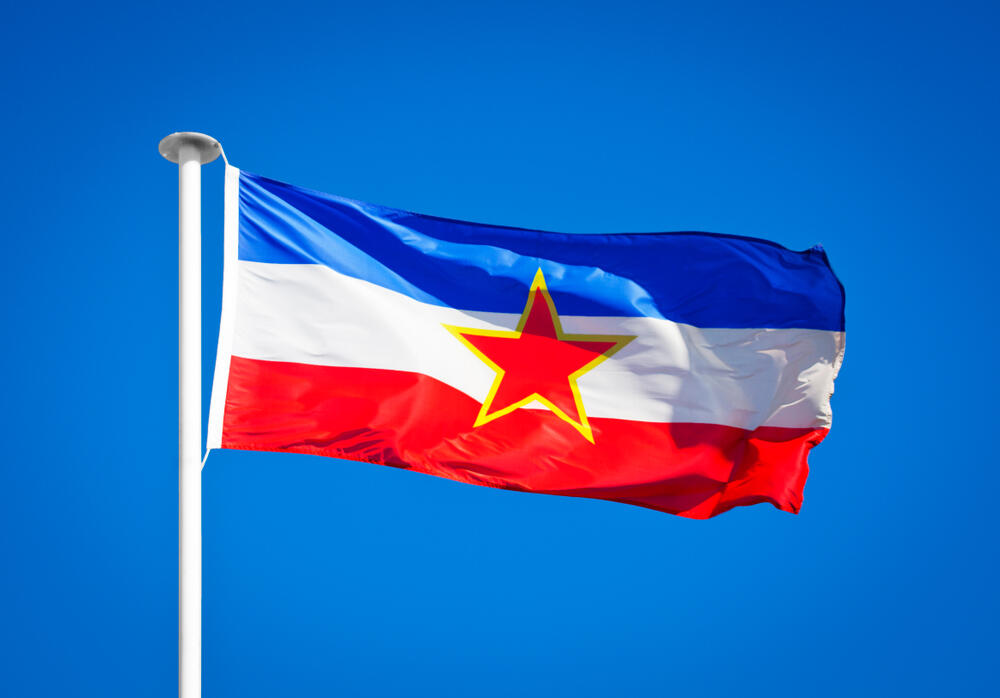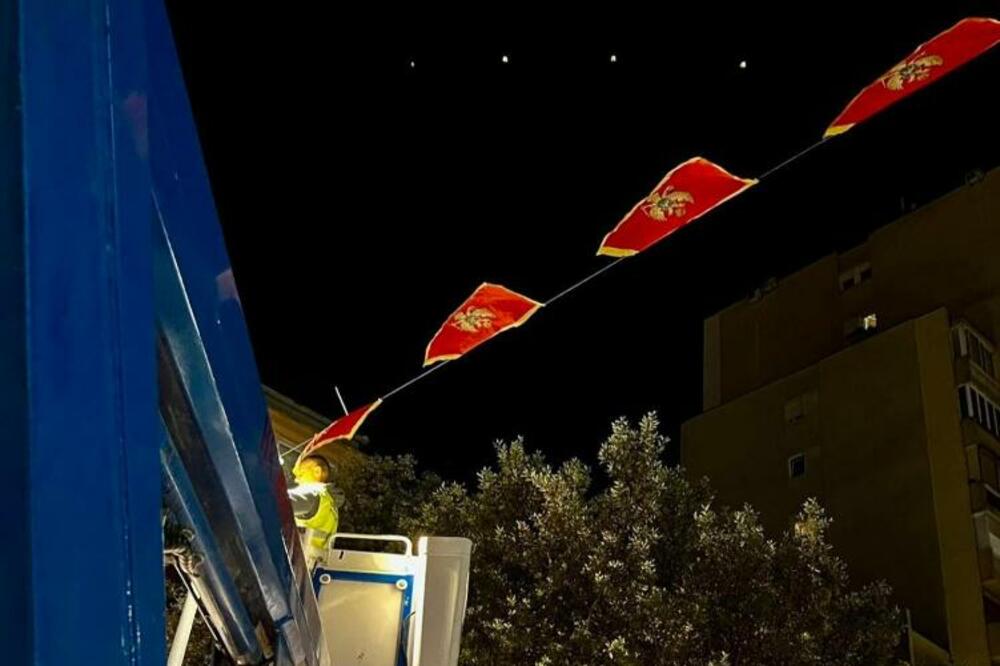The Historical Context
Before we delve into the specifics of Montenegro's independence, it's important to understand the historical context. Montenegro, like many countries in the Balkan region, has a history that is intertwined with the rise and fall of empires, the shifting of borders, and the struggle for self-determination.
For centuries, most of today’s Montenegro was a part of the Ottoman Empire. Fierce resistance of the Montenegrin people against Ottoman rule led to a series of wars and conflicts.
The treaty of Berlin recognized Montenegro as a fully independent state in 1878. However, this independence was short-lived.
The Era of the Kingdom of Yugoslavia
Following World War I, Montenegro was annexed by Serbia and then became a part of the Kingdom of Serbs, Croats, and Slovenes, later renamed the Kingdom of Yugoslavia. This marked a new chapter in Montenegro's history, as it was no longer an independent state but a part of a larger political entity.
Despite being a part of the Kingdom of Yugoslavia, Montenegro maintained its distinct cultural and historical identity.

The Road to Independence
The journey towards Montenegro's independence began in earnest with the dissolution of the Socialist Federal Republic of Yugoslavia in the 1990s. This period was marked by intense political and social upheaval and eventually war, as the various republics that made up Yugoslavia sought to establish their own identities and sovereignty.
Montenegro was no exception. The desire for independence was strong, but the road to achieving it was fraught with challenges. The process was marked by political negotiations, referendums, and a careful balancing of domestic and international interests.
The Referendum of 2006
The key turning point in Montenegro's quest for independence was the referendum held on May 21, 2006. The question posed to the Montenegrin people was simple: Should Montenegro become an independent country? The answer, however, was anything but simple.

The referendum was closely watched by the international community, and the threshold for independence was set high. For Montenegro to become an independent country, at least 55% of the voters had to vote in favor of independence. The result was a victory for the pro-independence camp, with 55.5% of the voters choosing independence.
Montenegro's Independence
Following the successful referendum, Montenegro declared its independence on June 3, 2006. This marked the end of the State Union of Serbia and Montenegro and the beginning of Montenegro as a fully sovereign state. The declaration of independence was met with jubilation among the Montenegrin people, and it marked a new chapter in the country's history.
Since gaining its independence, Montenegro has embarked on a journey of nation-building. It has sought to establish its place in the international community, joining the United Nations and the North Atlantic Treaty Organization (NATO), and it is currently in negotiations to join the European Union.
The story of Montenegro's independence is a testament to the resilience and determination of its people. From the struggles against the Ottoman Empire to the dissolution of Yugoslavia and the successful referendum of 2006, the journey towards independence was long and challenging.
Bonus video:





